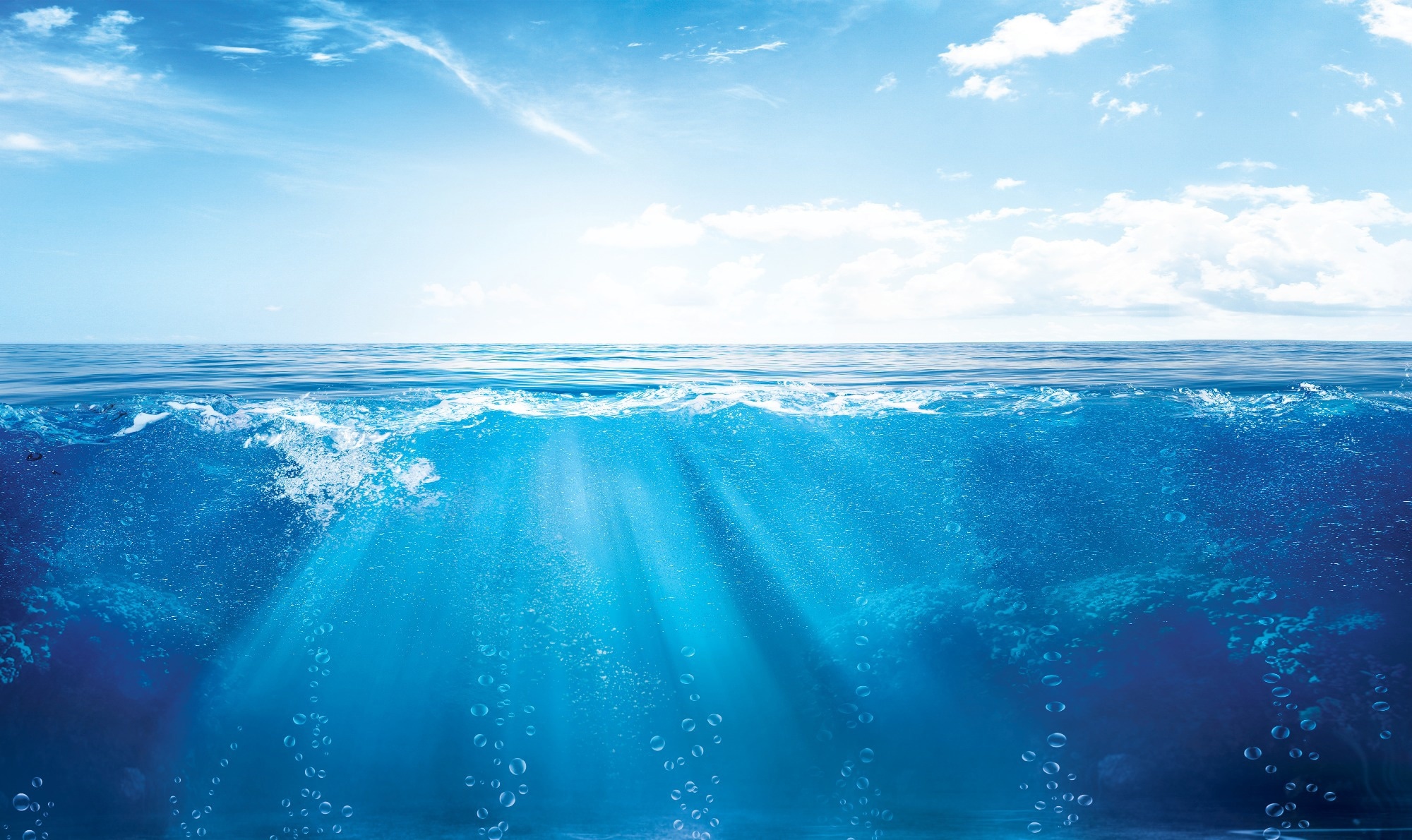Reviewed by Mila PereraSep 21 2022
Advocating the marine environments’ sustainable development necessitates planning, similar to the spatial planning promoted for land-based activities.

Image Credit: Shutterstock.com/PHOTO JUNCTION
Scientists at the University of Gothenburg and elsewhere demonstrated that marine planning should consider climate change — something that is presently not carried out.
The model proposed by the scientists reveals that alterations to salt content and temperature might greatly influence ecosystems and species as all other environmental variables combined.
Symphony, a digital tool, has existed for the past few years. It employs GIS maps that reveal the distribution of crucial species and ecosystems along the coastlines of Sweden and how environmental disturbances, like boat traffic, nutrient pollution, and fishing, impact them in various areas.
For public authorities and others that work with marine planning, these maps guide setting preferences and different measures.
One issue with the current version of Symphony is that it does not consider how the environment may change in the future. ClimeMarine investigators have now investigated what happens when the projected variations in temperature and salt content are incorporated into the tool.
It showed that the anticipated climate changes will increase the total environmental impact by at least 50%, and in some areas, as much as several 100%.
Per Jonsson, Study Co-Author and Researcher, University of Gothenburg
Maps Reveal Climate Change Impact
The GIS maps demonstrate how the impacts of climate change differ for various areas.
Per Jonsson, a study co-author and researcher at the University of Gothenburg, states, 'It’s a clear sign that we may need to reduce other impacts to lower the total rate of impact in some areas. For example, in areas with valuable eelgrass meadows, we might consider rerouting a shipping line or slowing the expansion of marinas and leisure boating.'
The tool helps to identify areas anticipated to experience lesser climate impact, like upwelling areas such as off the island of Gotland, where deep cold water ascents and cools the surface water. These areas can function as a climate refuge, where the survival of sensitive species is possible.
Marine reserves may be considered to protect these areas, where we ‘remove’ other factors that have an impact. Sweden has committed to establishing several new protected marine areas, and Symphony can help identify where they should be located.
Per Jonsson, Study Co-Author and Researcher, University of Gothenburg
More Research on Ecosystems
Jonsson outlines that these kinds of forecasts generally have weaknesses. The mathematical models utilized to evaluate temperatures and salt content of the future are being developed and enhanced constantly. The fate of carbon dioxide emissions in the future is also unpredictable, a political issue that is hard to validate.
Jonsson notes, “We also need to better understand how sensitive different ecosystems and species are to climate change. We need experimental studies that show what happens when the temperature rises and salt content decreases.”
Even without these, he remains optimistic about the influence of climate change on the future of marine environments.
“What we present in the study can be viewed as informed guesses based on the information we currently have. But the effects of a changed climate clearly must be incorporated into marine planning,” concluded Per Jonsson.
Journal Reference
Wåhlström, I., et al. (2022) Projected climate change impact on a coastal sea—As significant as all current pressures combined. Global Change Biology. doi.org/10.1111/gcb.16312.